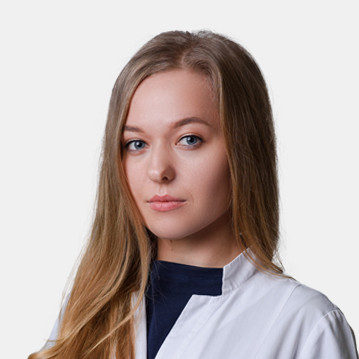The ancient Greek philosopher Aristotle was the first to guess about the existence of myopia in the 4th century BC. He noticed that some people have difficulty distinguishing distant objects and, in order to see better, squint their eyes. Aristotle called this phenomenon "myops", which in Greek means "to squint". Modern ophthalmologists remember this, and therefore prefer to use the term "myopia" instead of myopia.
Myopia (myopia) is a pathology of the organ of vision, in which a person sees well only close objects, objects far away are perceived indistinctly and they are difficult to distinguish. The disease is uncomfortable. Uncontrolled development of myopia can lead to the most negative consequences, up to blindness.
Reasons
- Genetically determined myopia (hereditary). For example, if both parents at the time of conception of a child already had a history of this disease, then the risk of developing myopia in children increases to 80%.
- Unfavorable environmental conditions (long-term work at close range is a professional and school myopia, especially easily formed when the development of the organism is not completed). For example, non-compliance with the daily routine and prolonged reading close up in poor lighting also provokes the gradual development of myopia.
- Primary weakness of accommodation, leading to compensatory distension of the eyeball and, as a result, to a decrease in visual acuity.
- Unbalanced tension of accommodation and convergence, causing spasm of accommodation and development of false and then true myopia.
- Birth and brain injuries, eye injuries.
- The presence of diseases such as strabismus, amblyopia (a significant decrease in vision in only one eye), etc. can also lead to changes in the structure of the eyeball (its stretching) and, accordingly, to myopia.

The main cause of myopia is the irregular shape of the eyeball, which in a healthy person is a regular ball, and in myopia it is elongated. In turn, the change in this form is affected by heredity, the condition of the eye muscles, injuries, eye diseases, and others.
Weakness of the eye muscles can be either congenital or acquired. In the latter case, it can appear in case of metabolic disorders, with a heavy load on the eyes, intense long-term work with a computer, text or small details.
Myopia also occurs when the shape of the cornea changes, with muscle pathology that changes the curvature of the lens, and other conditions.
Myopia symptoms
The main manifestation of myopia is that a person often sees well up close, and as the distance to the object in question increases, the clarity of the image decreases.
There are three degrees of myopia, which are defined in diopters:
- Up to 3 diopters - weak myopia.
- From 3 to 6 diopters - medium.
- More than 6 diopters - a high degree of myopia.
Based on the degree of myopia, one or another method of correcting myopia is selected. In the Department of Ophthalmology "K+31", an individual approach to each patient suffering from myopia. In our clinic, you can be examined at any age. A timely check-up by an ophthalmologist is very important to detect anomalies and prevent the development of complications. The doctor can adjust the patient's lifestyle to prevent development, especially for those who are at risk. These are patients with diabetes mellitus, hypertension, etc.
There are non-progressive and progressive types of myopia. In turn, progressive myopia is divided into temporarily - and constantly progressive (malignant).
The most favorable type of myopia is non-progressive. This type of myopia is stationary, lends itself well to spectacle and contact correction, and requires dynamic monitoring 1-2 times a year.
Temporarily progressive myopia is also favorable in its prognosis. The growth of myopia occurs slowly and usually stops when the growth of the eye stops (by the age of 18-22).
The most dangerous form is constantly progressive myopia (malignant). In this case, the growth of myopia exceeds 1D per year. Such myopia is always a serious disease, which is the main cause of disability associated with the pathology of the organ of vision. Such an increase in myopia is explained by the presence of primary weakness of accommodation, overstrain of convergence and stretching of the posterior part of the eye that occurs after the growth of the eye has stopped. In turn, the stretching of the posterior segment of the eyeball leads to anatomical and physiological changes (disturbances in the vascular and retinal membranes of the eye). The consequence of these disorders are typical for myopia from changes in the fundus and the eyeball as a whole:
- Dystrophic changes in the periphery of the retina.
- Retinal breaks.
- Staphylomas.
- Dystrophy, and subsequently atrophy of the retina and choroid in the central zone.
- Subretinal, intraretinal and intravitreal hemorrhages (stretching of the membranes of the eye is accompanied by increased fragility of blood vessels with repeated hemorrhages in the retina and vitreous body), followed by organization and growth of connective tissue or newly formed vessels.
- retinal detachment.
- Development of complicated cataract.
- Development of secondary glaucoma.


